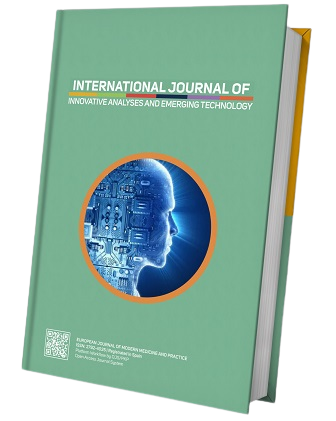Deep Belief Network-Based Machine Learning for Medical Imputation
Keywords:
Machine Learning, Unsupervised Learning, Deep Belief Network, Imputation, Artificial neural networksAbstract
Missing value research has been around for at least two to three decades, but imputation of missing values is a major challenge in keeping databases intact. Statistics-oriented imputation and non-statistics-oriented imputation are two types of missing value imputation. Numerous flaws in the statistics-based imputation method make it difficult to fine-tune or expect perfect imputation; it also has a number of execution-related limitations. This is a clue to the non-statistical practise known as machine learning, which we examined in this work. The Deep Belief Network (DBN) is a type of unsupervised probabilistic generative model used in machine learning applications. Restricted Boltzmann Machines are used to build it, and they perform a contrastive divergence and backpropagation to fine-tune the weights for the imputation process. DBN's stable imputation value is based on the contrastive divergences. Data from the UCI Repository's PIMA medical dataset was used in the experimentation Up to 90% of the time, the DBM with backpropagation is accurate. A maximum of 10% mean square error rate is supported by this method (DBN) compared to earlier imputation techniques. In order to evaluate the accuracy of DBN, nearly five additional imputation methods are linked to it. In comparison to other methods, DBN imputation provides 90% accuracy.






